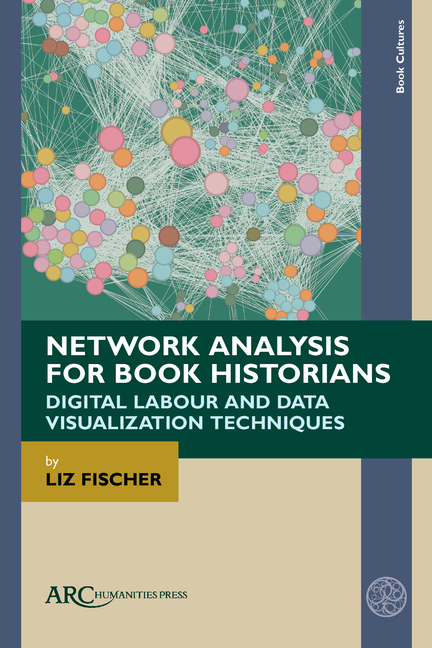Description
Researchers and archivists have spent decades digitizing and cataloguing, but what does the future hold for book history? This book explores the potential of network analysis as a method for medieval and early modern book history. Presented through case studies of the Cotton Library, the Digital Index of Middle English Verse, and the Pforzheimer Collection, this book offers a blueprint for drawing on extant scholarly resources to visualize relationships between people, text, and books. Such visualizations serve as a new form of reference work with the potential to offer new, broad insights into the history of book collecting, compilation, and use. This volume gives a realistic look at the decision-making involved in digital humanities work, and emphasizes the value of so-called "mechanical" labour in scholarship.
Product Details
- Jun 30, 2025 Pub Date:
- 1802702687 ISBN-10:
- 9781802702682 ISBN-13:
- English Language




